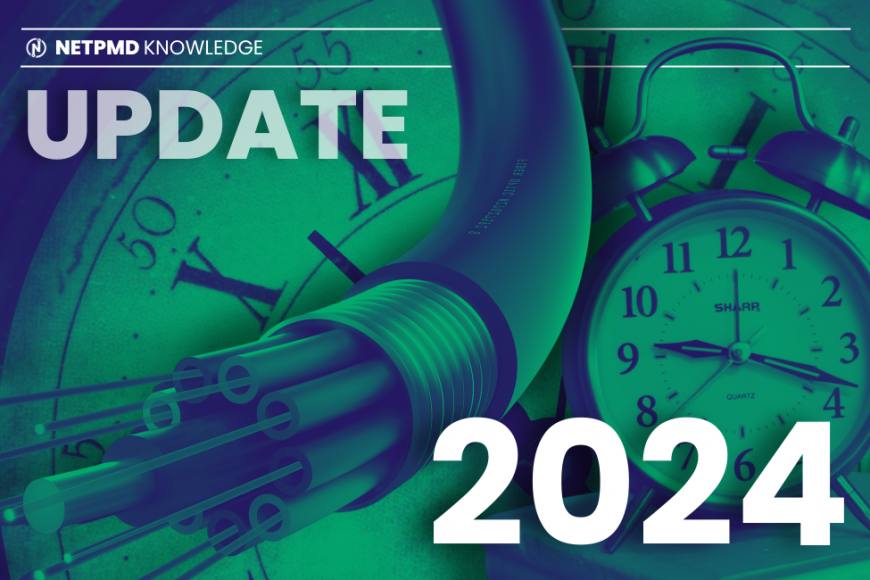The Status of Fiber Deployment in the US: 2024 Update
The deployment of fiber optic networks in the United States has seen significant progress over the past few years. As of 2024, fiber broadband has reached a critical milestone, passing more than 50% of U.S. households. This growth is driven by both private investments and substantial government funding aimed at bridging the digital divide and ensuring high-speed internet access for all Americans.
According to the Fiber Broadband Association (FBA), fiber optic networks now occupy approximately 52% of homes and businesses in the US, marking a significant increase from previous years. In 2023 alone, fiber deployment reached a record high, with nine million new homes being connected, reflecting a 13% year-over-year growth.
The US government has played a pivotal role in accelerating fiber deployment. The Bipartisan Infrastructure Law, which includes $42.45 billion in broadband infrastructure funding, prioritizes fiber projects. The Broadband Equity Access and Deployment (BEAD) program, administered by the National Telecommunications and Information Administration (NTIA), is expected to significantly boost fiber deployment over the next few years. The first states are anticipated to make BEAD awards in the second half of 2024, further expanding fiber access across the country.
Resource: BEAD Funding, Everything we Currently Know

Source: Unsplash
The fiber broadband market is evolving rapidly. While hybrid fiber-coaxial (HFC) networks still dominate, the share of fiber-to-the-premises (FTTP) is steadily increasing. Analysts predict that by 2028, fiber’s share of the broadband market will rise to 30%, while cable’s share will drop to around 55%. This shift is driven by the superior performance of fiber networks, which offer higher speeds and lower latency compared to traditional cable.
Unsurprisingly, consumer demand for high-speed, reliable internet has never been higher. The global pandemic underscored the necessity of robust broadband for remote work, education, healthcare, and more. While some companies have been in the news for pushing ‘back-to-work’ initiatives, most are choosing to maintain a remote working work lifestyle. Studies show that consumers overwhelmingly prefer fiber broadband due to its superior performance and reliability. This preference is expected to drive continued investment in fiber infrastructure.
Although there is demand, deploying fiber optic networks in the US faces several significant challenges. High initial costs for infrastructure installation, including laying new cables and upgrading existing ones, pose a major financial hurdle, especially for smaller businesses and rural areas. In addition, navigating the complex regulatory landscape, which requires multiple approvals, can be time-consuming and intricate. Projects often encounter delays and budget overruns due to unforeseen circumstances like difficult terrain or unexpected regulatory requirements, and whilst there is a shortage of skilled technicians needed to install and maintain these networks, deployment efforts are expected to be restricted.
Urban areas present their challenges with existing infrastructure, while rural areas may lack the necessary backbone infrastructure, making deployment more difficult and expensive. It’s known also that inaccurate or incomplete surveys can lead to inefficient deployment strategies, further complicating the process. However, despite these obstacles, advancements in technology and strategic planning are gradually making fiber deployment more feasible and efficient.
Resource: Insights from the IQGEO America’s Meetup.
Looking ahead, the pace of fiber deployment is expected to accelerate. The FBA projects that 12 million homes will be connected with fiber in 2024 alone. Over the next five years, nearly as much fiber is expected to be deployed as has been installed throughout history. This rapid expansion will be crucial in meeting the growing demand for high-speed internet and supporting the digital economy.
The fiber deployment landscape in the US is poised for significant growth. With strong government support and increasing consumer demand, fiber broadband is set to become the backbone of America’s digital infrastructure, ensuring that all Americans have access to the high-speed internet they need to thrive in the 21st century.
If you’re on track to receive BEAD or private funding in the US and need support with your fiber network design, deployment, integration, and project management, get in touch with NetPMD today.




